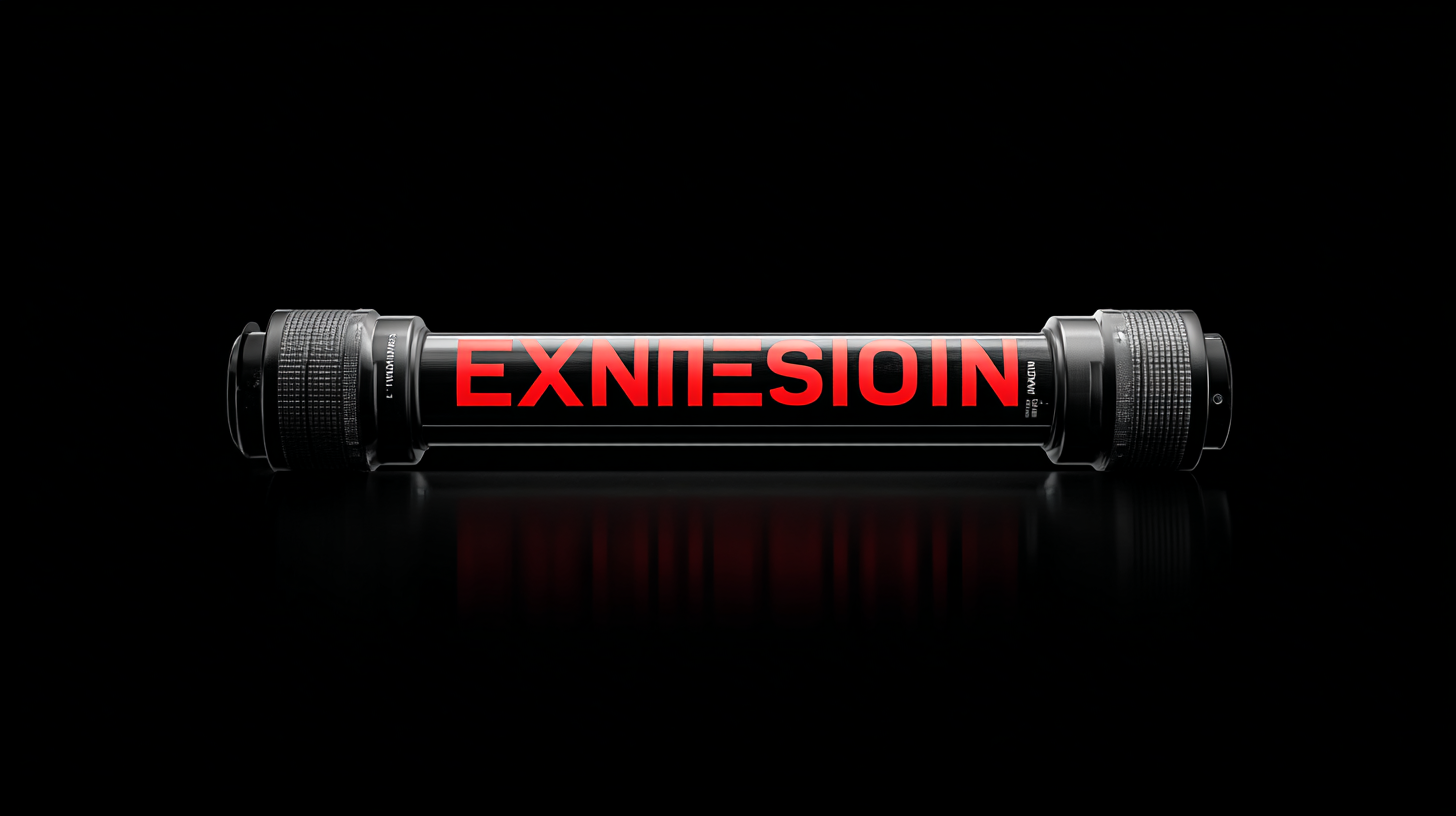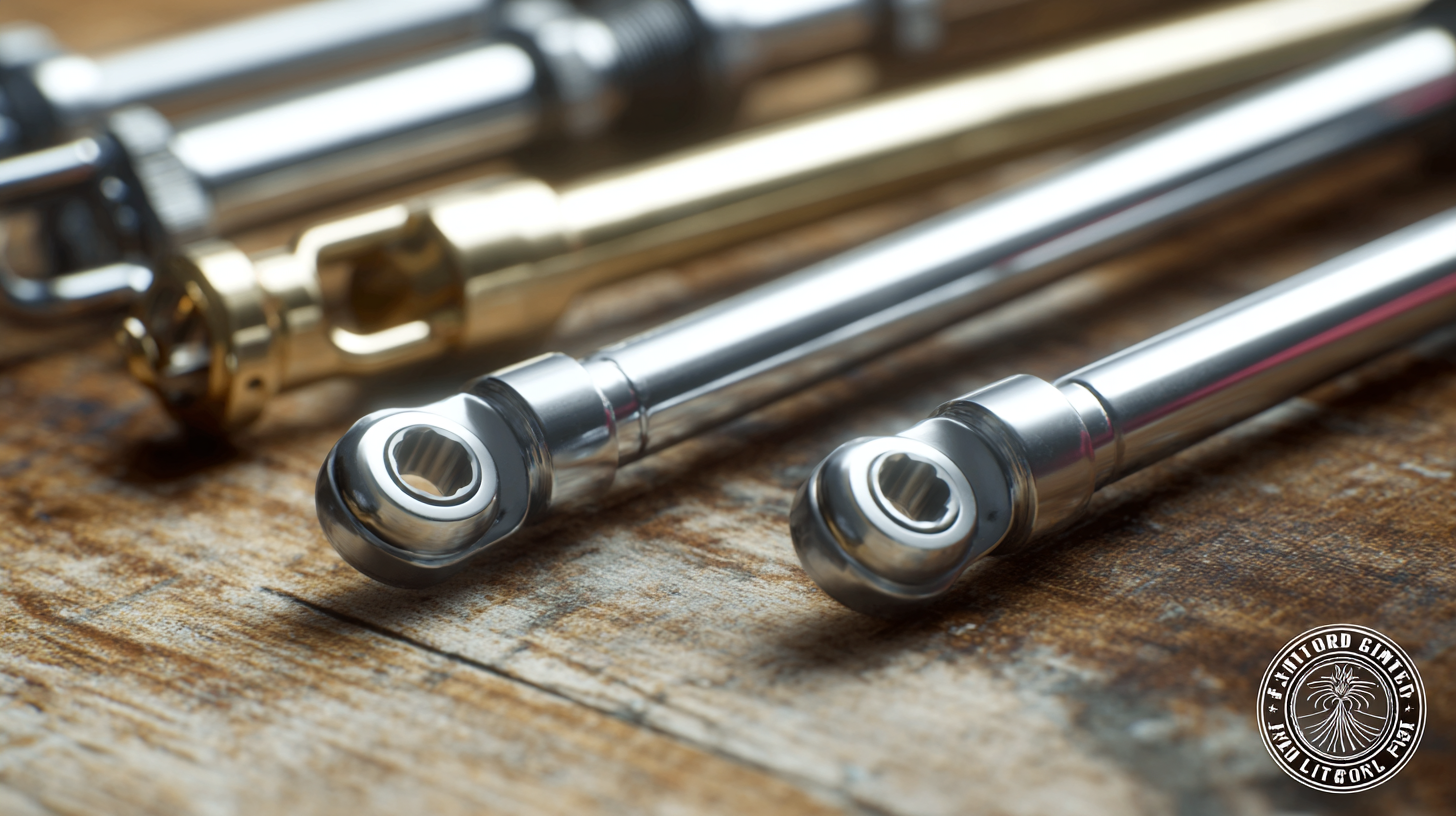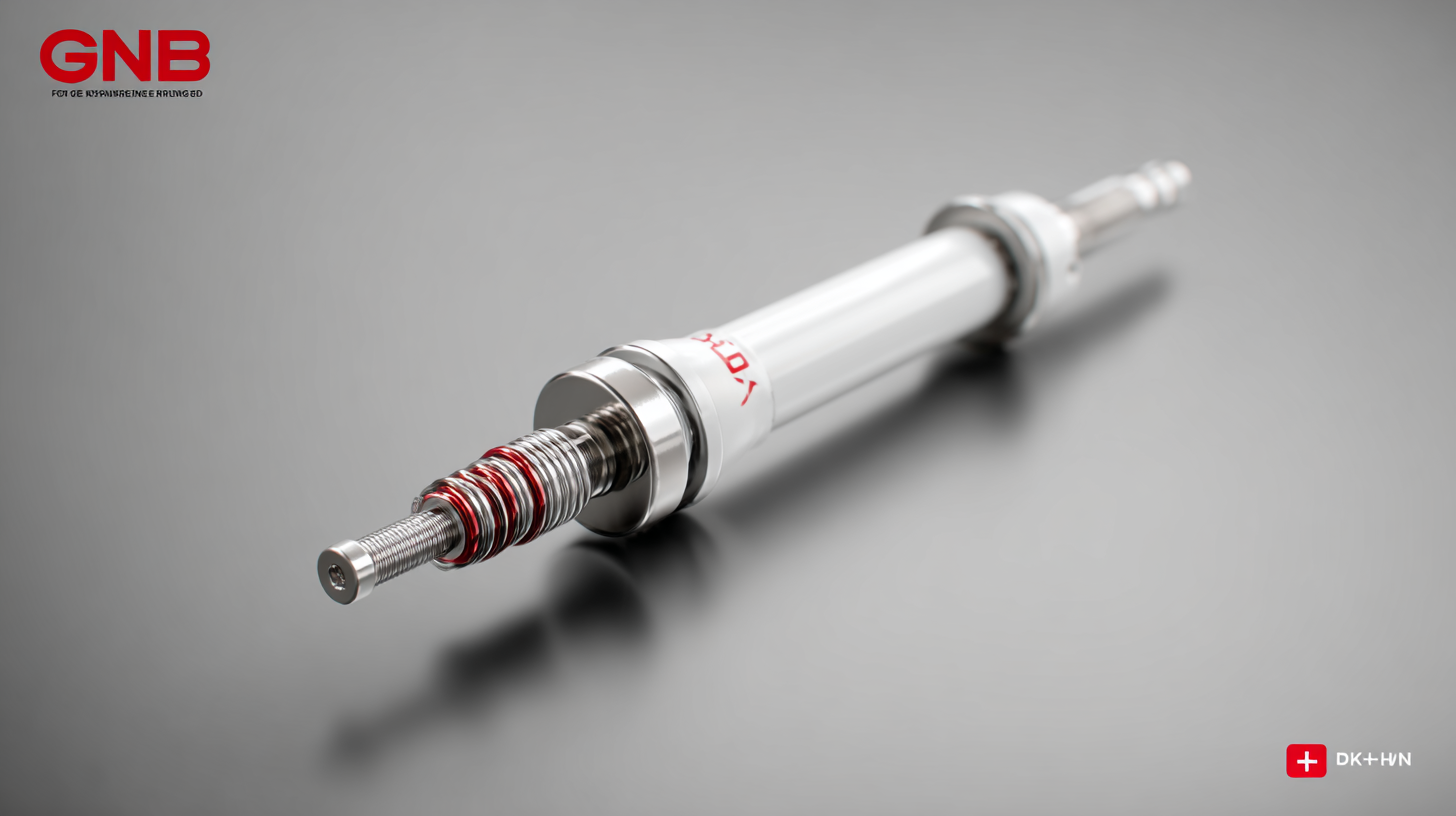
- sales@bjbod.com
- Mon - Sat at 7:00AM to 9:00PM

In the ever-evolving landscape of industrial tools, the demand for efficient and versatile solutions continues to rise, particularly for Extension Rods, which have become an integral component in various sectors. According to a recent market research report by MarketsandMarkets, the global extension rod market is projected to reach a valuation of $5.2 billion by 2026, growing at a CAGR of 6.2% from 2021 to 2026. This growth is driven by the increasing need for specialized tools that enhance productivity and safety in tasks ranging from construction to maintenance. Different types of Extension Rods, each with distinct characteristics and applications, cater to diverse industry requirements. Understanding these variations not only helps buyers make informed purchasing decisions but also unlocks opportunities for maximizing efficiency in their operations.

In this blog, we will explore the best examples of Extension Rods, highlighting their unique features and suitable applications for global buyers seeking optimal solutions.
In today's fast-paced manufacturing environment, efficiency is paramount. Extension rods serve as a crucial component in optimizing processes, offering flexibility and enhanced reach for various applications. These tools not only streamline operations but also improve safety by allowing workers to operate at a distance, minimizing the risk of injury in hazardous areas. In industries like construction, automotive, and electronics, the right extension rod can transform workflows, making tasks more manageable and less time-consuming.
Moreover, the importance of selecting proper extension rods cannot be overstated. Different materials and designs cater to specific tasks, ensuring durability and reliability under various conditions. For global buyers, understanding the nuances of extension rod specifications can lead to significant improvements in productivity and cost savings. By investing in high-quality extension rods, manufacturers can achieve a balance of strength and precision, ultimately contributing to the overall success of their operations in a competitive market.
The curtain rods market is on a significant growth trajectory, projected to reach approximately 6.51 billion USD by 2034. This anticipated growth is underpinned by a compound annual growth rate (CAGR) of 3.96% from 2025 to 2034. A key driver of this demand is the increasing trend of home renovations and interior design enhancements, as consumers seek to elevate their living spaces. With homeowners investing more in quality fixtures, high-quality extension rods have become essential components in achieving both functional and aesthetic goals.
Investing in premium extension rods not only enhances home decor but also offers a strong return on investment (ROI). Quality rods provide durability, flexibility, and ease of installation, which significantly reduces the need for frequent replacements and repairs. Key industry statistics indicate that consumers who prioritize high-quality home improvement products are more likely to experience satisfaction in their renovations. Thus, global buyers looking to maximize efficiency and value in their projects should consider the benefits of high-quality extension rods as a critical part of their purchasing decisions.
In the rapidly evolving landscape of global industries, extension rods have emerged as essential tools, enhancing productivity across various applications. According to a recent market analysis by Research and Markets, the global extension rod market is projected to grow at a CAGR of 5.8% from 2023 to 2030. This surge is largely driven by increasing demand in sectors such as construction, automotive, and agriculture, where flexibility and reach are paramount.
When considering different types of extension rods, buyers must evaluate their specific applications. For instance, telescopic extension rods are favored in construction for their adjustable lengths, allowing workers to easily reach high areas with minimal effort. Meanwhile, heavy-duty extension rods, often used in industrial settings, offer superior strength and durability, making them indispensable for rigorous tasks. The choice of material—such as aluminum for lightweight applications or carbon fiber for added strength—also plays a critical role in performance.
**Tips:** Always assess the weight capacity of an extension rod before purchasing, as exceeding it can lead to safety hazards. Additionally, consider the ease of use; rods with ergonomic grips will significantly reduce user fatigue during extended tasks. Lastly, consulting industry specifications can help ensure that the selected rod meets the necessary requirements for your intended application.
| Type of Extension Rod | Material | Length Range (ft) | Weight Capacity (lbs) | Application Area | Average Price ($) |
|---|---|---|---|---|---|
| Telescopic Extension Rod | Aluminum | 5 - 20 | 50 | Painting, Cleaning | 50 |
| Fiberglass Extension Rod | Fiberglass | 6 - 30 | 75 | Electrical Work, Inspection | 70 |
| Heavy-Duty Extension Rod | Steel | 10 - 25 | 150 | Construction, Heavy Lifting | 120 |
| Compact Extension Rod | Aluminum | 3 - 10 | 30 | Home Use, Gardening | 25 |
When selecting the right extension rod, it’s essential to consider features that significantly enhance its performance. A high-quality extension rod should offer versatility, whether for reaching high places or improving efficiency in various tasks. Key features to look for include adjustable length, lightweight materials for easy handling, and ergonomic designs that reduce strain during use. Enhanced locking mechanisms that secure the rod in place can also provide added safety and stability while in operation.
Another important factor is the compatibility of the extension rod with different tools and attachments. Buyers should ensure that they choose a rod that seamlessly integrates with their existing equipment, maximizing functionality. Durability is also critical; opting for rods made from high-impact materials will not only extend the lifespan of the tool but also ensure reliability in challenging conditions. By focusing on these functional aspects, global buyers can unlock the full potential of their extension rods, making informed decisions that lead to improved efficiency in their tasks.

 As global industries evolve, the use of extension rods has become increasingly prevalent across various sectors, including construction, manufacturing, and telecommunications. These versatile tools facilitate access to hard-to-reach areas, enhancing efficiency and safety in workflows. In construction, for example, extension rods play a critical role in scaffolding setups and maintenance tasks, enabling workers to perform their duties without compromising safety.
As global industries evolve, the use of extension rods has become increasingly prevalent across various sectors, including construction, manufacturing, and telecommunications. These versatile tools facilitate access to hard-to-reach areas, enhancing efficiency and safety in workflows. In construction, for example, extension rods play a critical role in scaffolding setups and maintenance tasks, enabling workers to perform their duties without compromising safety.
Tips: When selecting an extension rod for your specific needs, consider the material and length. Carbon fiber rods, for instance, offer lightweight durability, while aluminum options provide greater strength, making them ideal for heavy-duty applications. Additionally, look for adjustable-length models to maximize versatility, allowing users to adapt to various job requirements on the fly.
In the telecommunications sector, extension rods are invaluable for installing and maintaining aerial lines and antennas. The global trend indicates a growing demand for rods that can withstand extreme weather conditions, ensuring reliability and longevity. Incorporating ergonomic designs into these tools can also significantly reduce worker fatigue, boosting productivity in the field.
Tips: Always prioritize safety features, such as anti-slip grips and built-in locking mechanisms, to ensure reliable operation. Furthermore, regular maintenance of extension rods will help extend their lifespan and maintain optimal performance, ultimately contributing to greater operational efficiency.